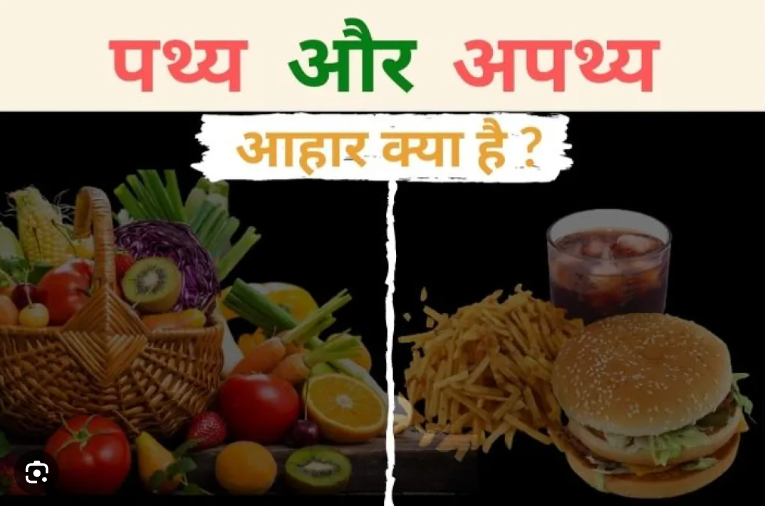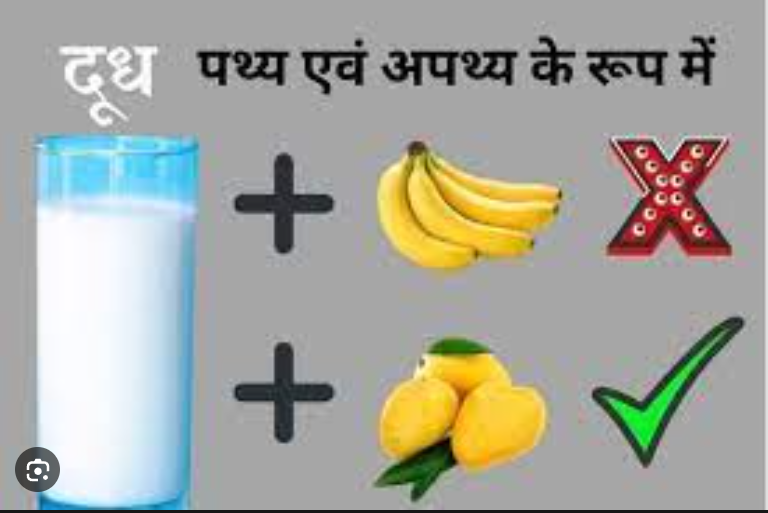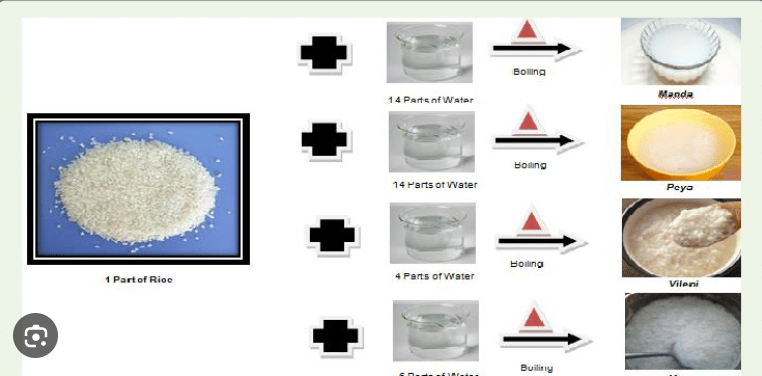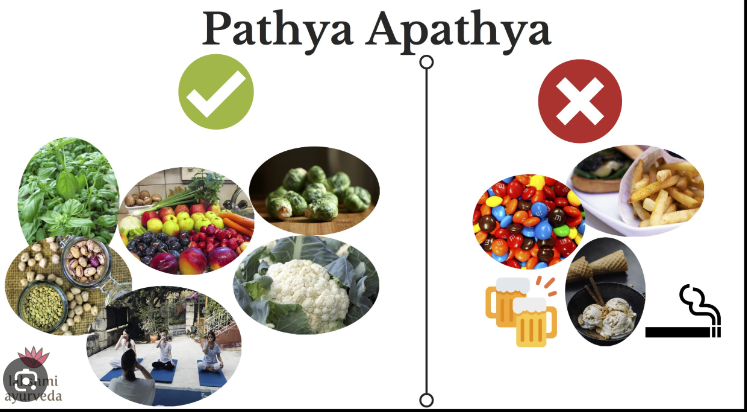The ayurvedic pathya system promotes a healthy lifestyle via dietary and behavioral changes.
Due to people’s changing lifestyles, there has been an increase in metabolic illnesses around the world in recent years. The concept of lifestyle change is not new to ayurveda doctors; nonetheless, it has become a popular technique of managing chronic illnesses. People are starting to reevaluate the ayurveda idea of diet/lifestyle modification as they become more aware of the benefits of a disciplined lifestyle.
Understanding the basics of pathya

According to experts, pathya refers to a set of dietary and lifestyle guidelines. These are tailored to the dosha or body type of an individual. Following this regime helps to balance the doshas for overall wellness. The pathya guidelines vary depending on specific health conditions, dosha, and other factors of an individual. On the contrary, a pathya is used to describe a set of habits (diet and lifestyle) that should be avoided.
Dr Aparna Trusar Bagul, professor and head of the department, Dept. of Swasthavritta and Yoga at Parul Institute of Ayurveda, Parul University, Vadodara, Gujarat, when explaining the role of diet, quotes a sanskrit verse that translates to ‘no amount of medicines can do any good when a person does not follow a strict dietary modification. Similarly, no amount of medicine is required for those who follow a wholesome diet.’
“Medicines can give us temporary relief while pathya ensures lifestyle benefits that last for a long time,” says Dr Mahadevi H Mali, professor from Shri Vijaya Mahantesh Ayurveda Medical College and Research Center, Ilkal, Bagalkot, Karnataka. In ayurveda, there is scope for tailoring the diet of a person to suit their condition and requirements in the same way their medicines are customised, she adds.
Diet as a therapy

According to Dr. Bagul, unhealthy eating patterns or habits are the main contributor to the majority of health disorders. Experts in ayurveda say that avoiding the causes of a health condition should be the first step in any therapy strategy. The diet is planned after an ayurvedic doctor assesses the patients and their capability for digestion. The planning of the diet pattern itself, she continues, manages half the condition.
“Doctors also advise the quantity, frequency, and time of food consumption in addition to dietary modifications. They also inform people about the meal combinations to eat and to avoid, according to Dr. Bagul.
Condition-specific diet
Even though there are dietary recommendations (pathia) for a healthy individual, creating a food regimen for a specific health issue places more emphasis on factors like body types (prakriti), habitat (desha), and time (including seasons and age). She cites examples of pathya that is particular to a circumstance, like:
In Sanskrit, yava (barley) is used to treat type 2 diabetes mellitus; masha payasa (blackgram pudding) is used to treat Bell’s palsy; brinjal cooked in castor oil is used to treat sciatica; and grahani (buttermilk and its various preparations) is used to treat the symptoms of IBS.
Resuming the regular diet

When the symptoms go away, what should you do next? Dr. Mali advises resuming a regular diet gradually. Even if the symptoms lessen, it is still necessary to adhere to certain dietary restrictions to avoid a recurrence or relapse.
Fasting itself functions as a management strategy for various medical disorders. In such circumstances, the switch from a therapeutic to a conventional diet must be made gradually, taking into account the body’s digestive capacity.
To avoid disturbing the digestive fire (agni), Dr. Mali advises starting with a liquid diet after a fast, followed by a semi-solid diet, and finally solids.
Also read- 6 Comprehensive Methods To Prevent Osteoarthritis
Images source – google




































